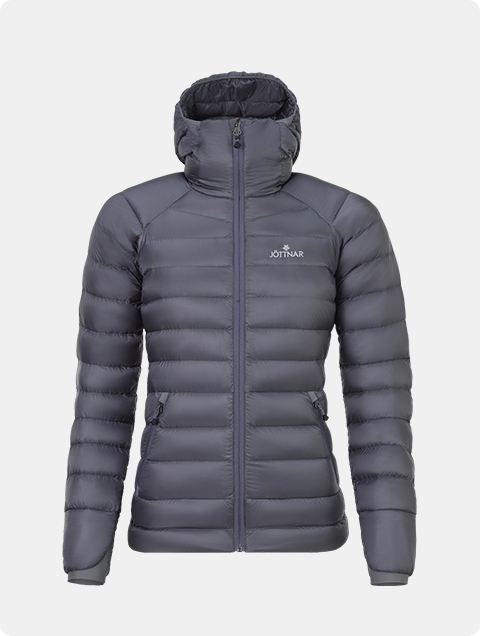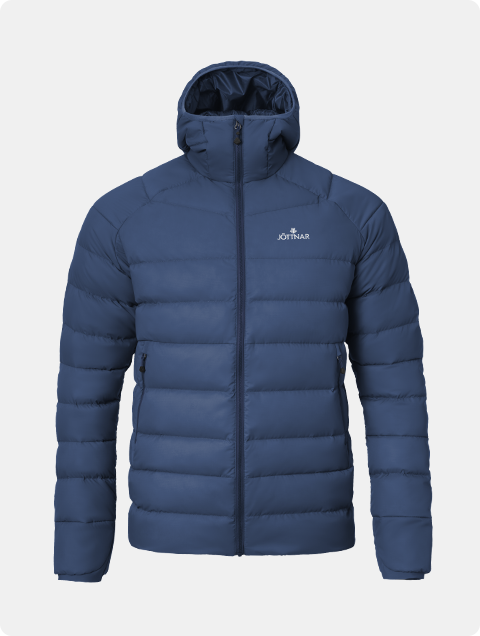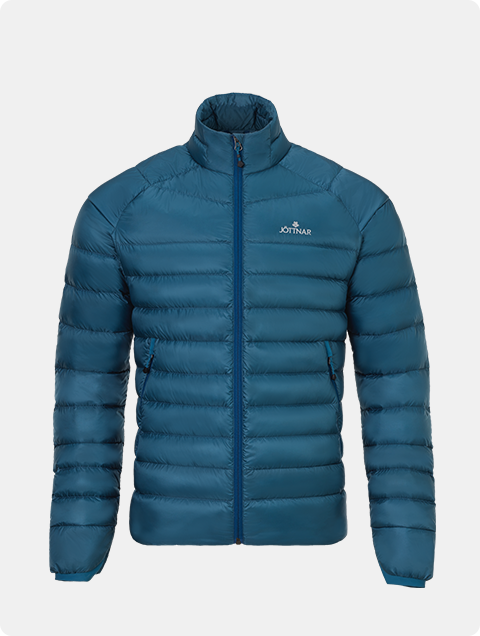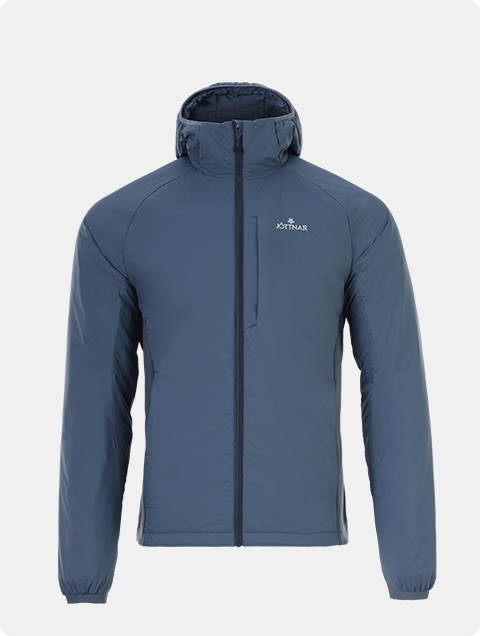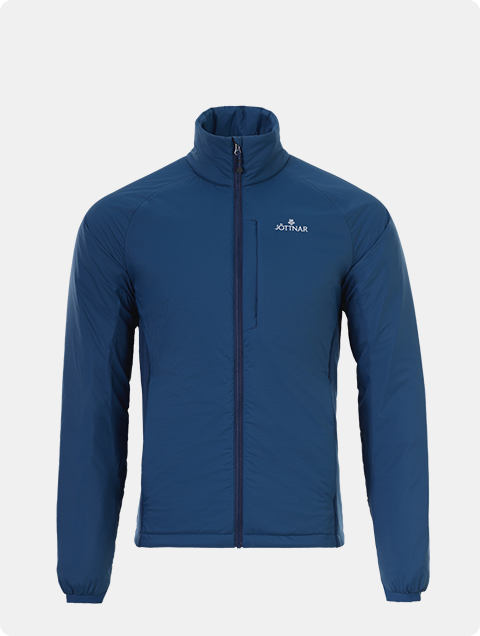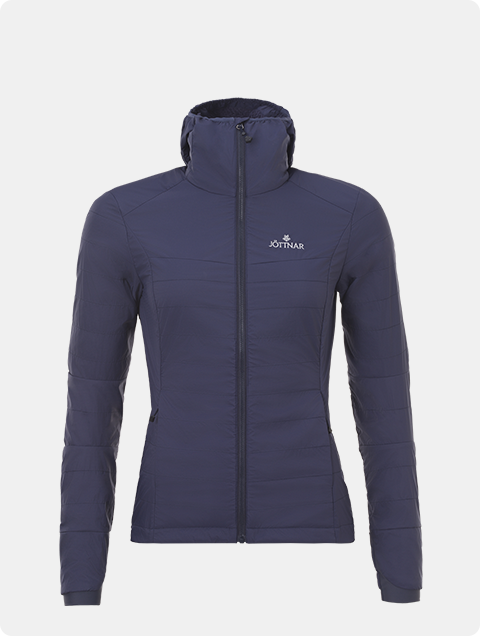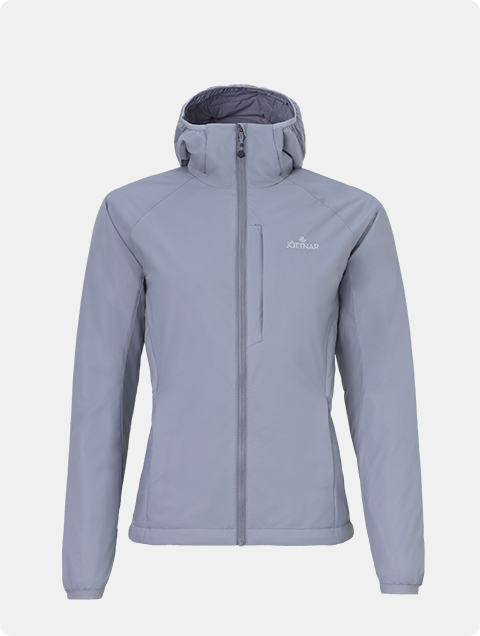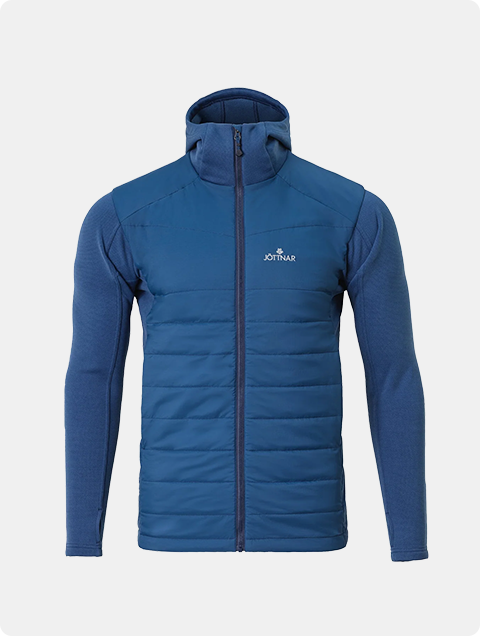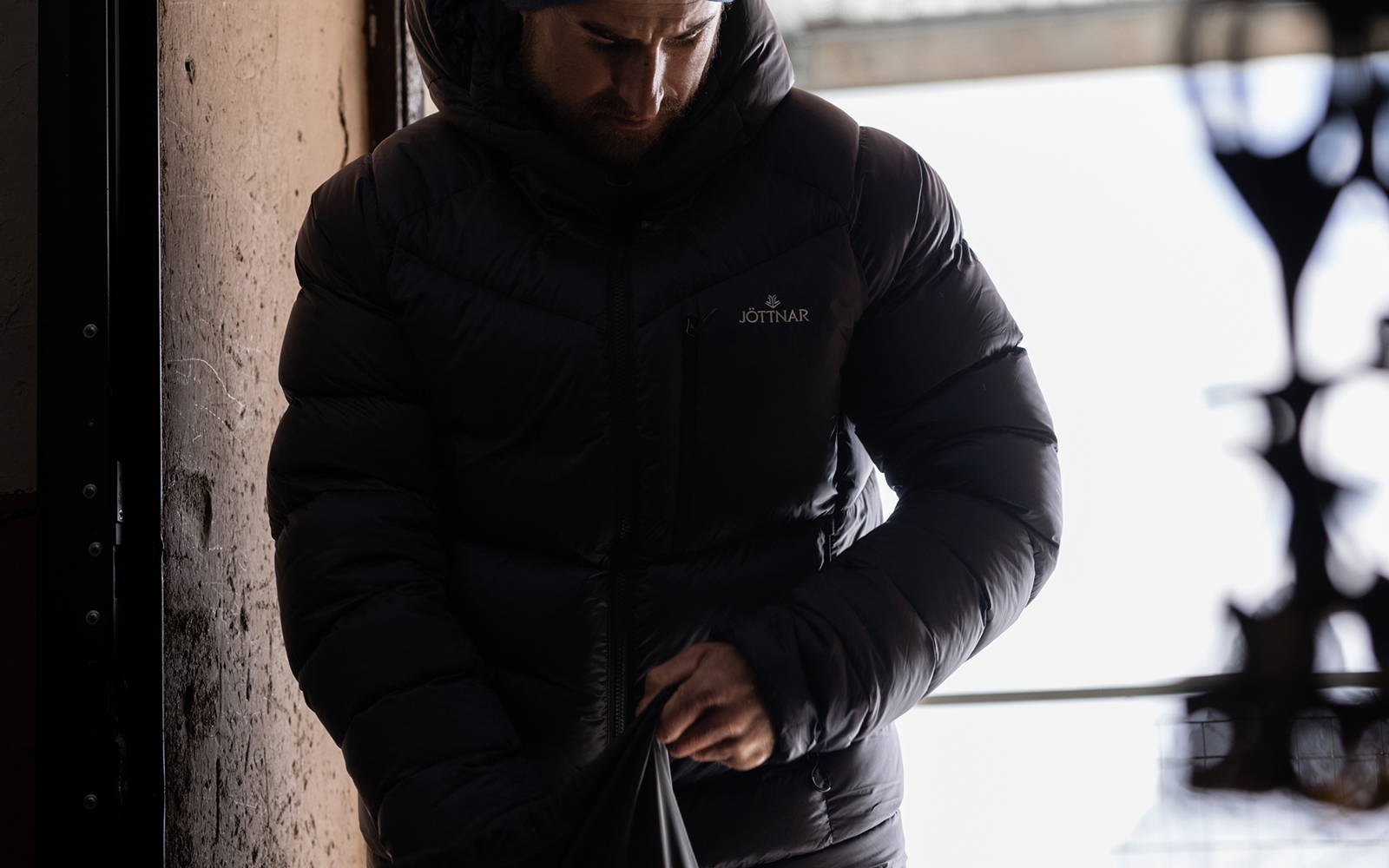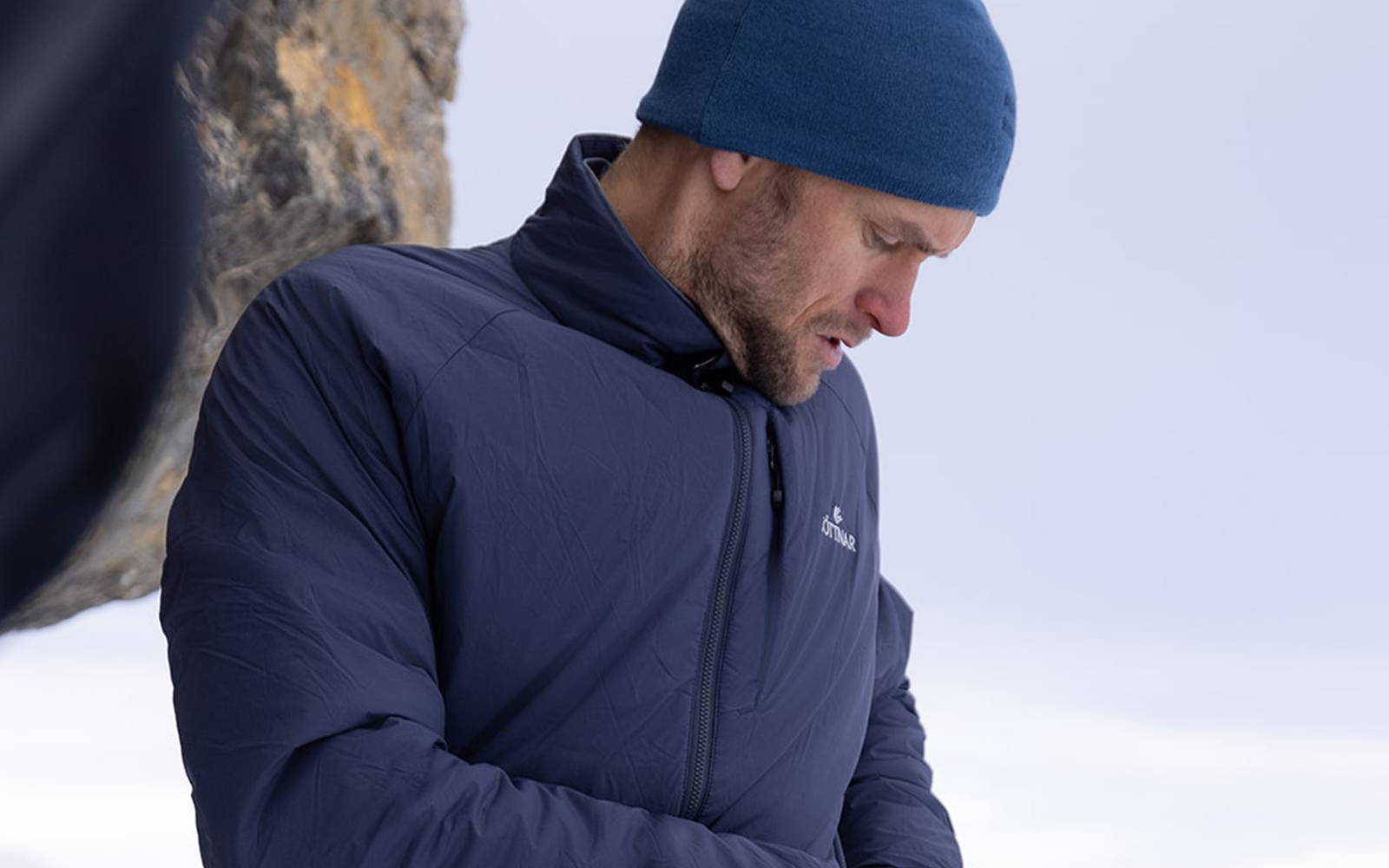
Down or synthetic? There are many reasons to go with either type of jacket. Here we outline their characteristics, allowing you to decide which option best suits your needs.
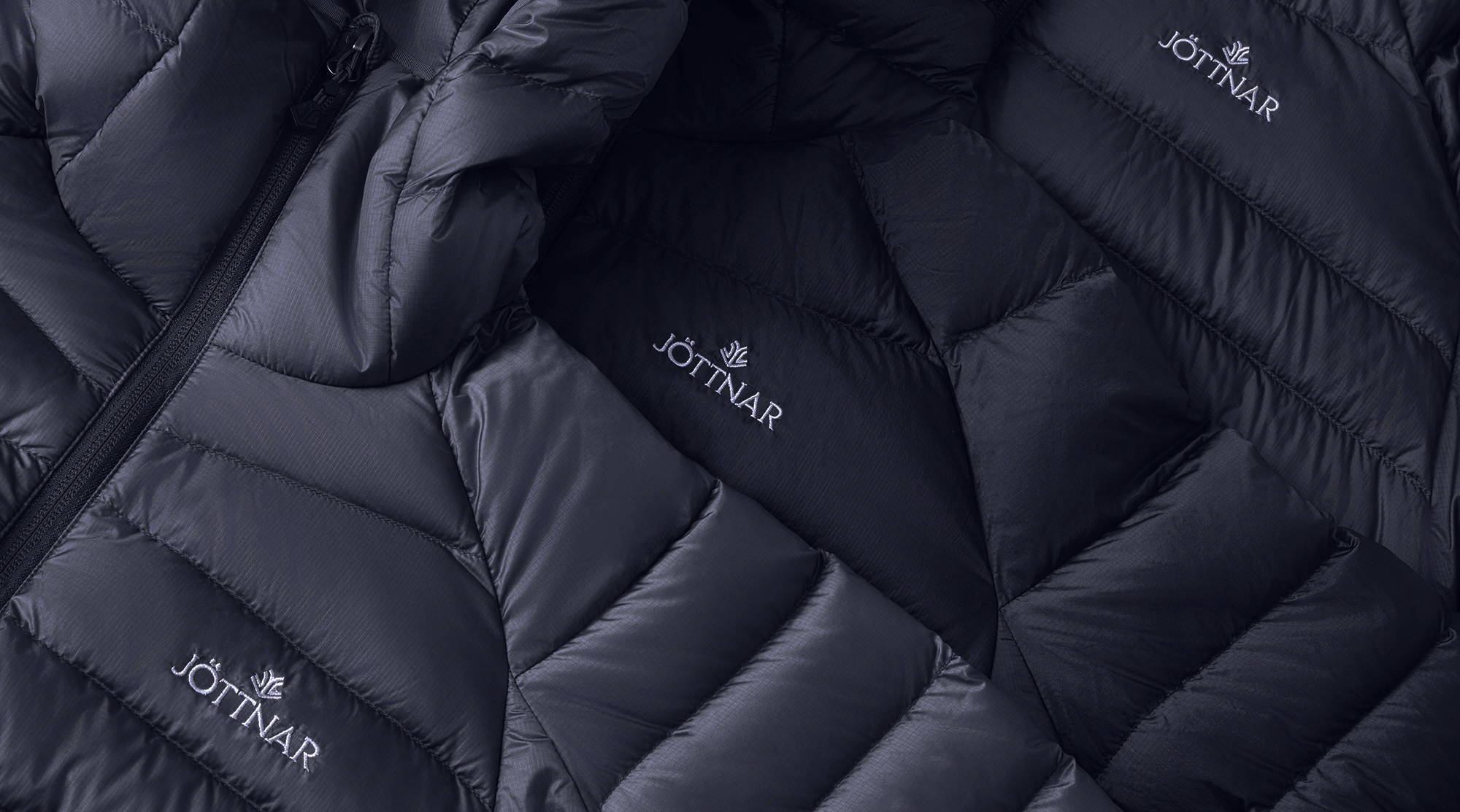
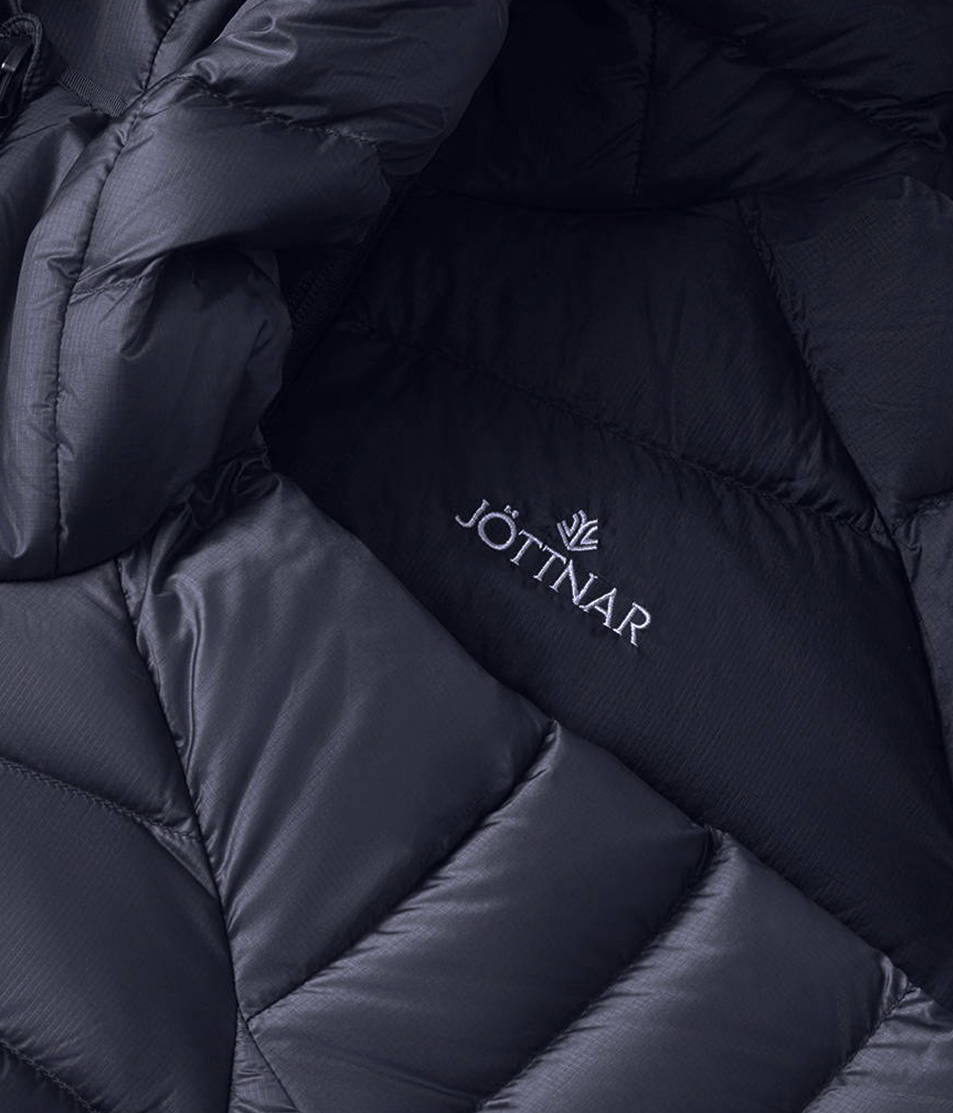
Down Jackets
The warmth of down comes from the clustering effect of its thousands of tiny filaments. These clusters are effectively 3-D pockets that capture and retain warm air which is then used to keep the wearer warm.
Jackets that use down as a means of insulation are capable of achieving a higher fill power rating, and thus a higher level of warmth. Having a jacket with a higher fill power also means that you need less down to achieve a certain level of warmth, so they are far more packable than their synthetic counterparts.
Down is significantly more durable than any other synthetically manufactured equivalent. Because down occurs naturally in the wild, it has the capability of being compressed and re-lofted repeatedly for a period of years, if properly cared for, whilst still retaining its ability to loft.
Taking care of your down jacket does require a little more care than a synthetic jacket.
Most down jackets will require using a specific detergent in order not to harm the down or the face fabric, although ours can be washed with normal detergent.
Down also clumps up over time, especially when stuffed into - and stored - in compression sacks. While this is easily remedied with a short blast in a tumble drier, there isn’t always one at hand.
Given that down originates from birds, there is a chance of it causing allergies with some individuals. Whilst this is uncommon, it can be an issue for those who experience allergies relating to birds or feathers.
Due to the complex process of obtaining and treating the down, a down jacket is often more expensive than its synthetic counterpart. However, you do get what you pay for in terms of warmth and durability.
DownTek™
All of Jöttnar's down jackets use DownTek™. This is a specialist hydrophobic (water-repellent) down. Conventional non-hydrophobic down jackets begin to fail when exposed to moisture, becoming fully saturated within 25-60 minutes. Once wet, a down jacket ceases to provide insulation. Our down, however, will withstand up to 1,500 minutes (25 hours) of continual exposure to moisture before saturation. This means that if you’re caught out in the rain or heavy snow, your jacket will still be able to keep you warm, when you need it most.

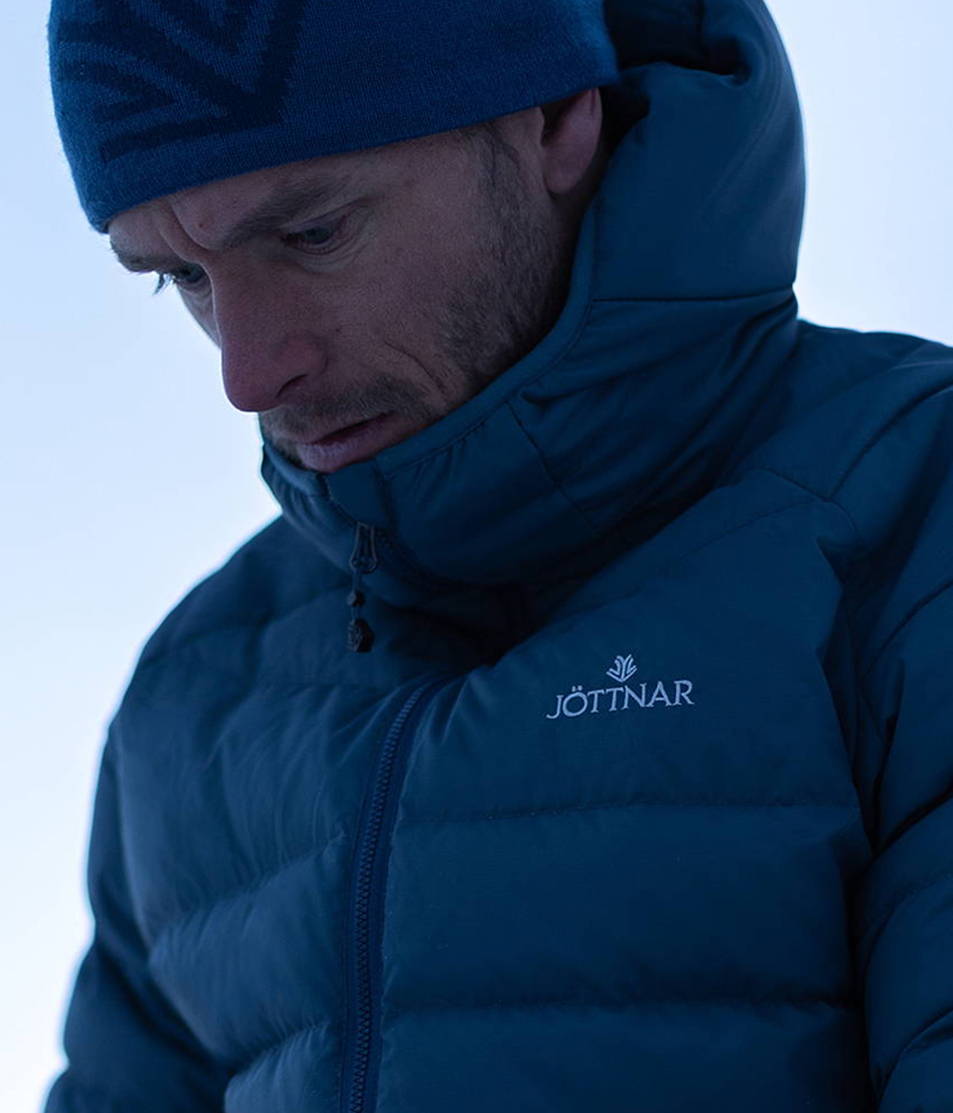
Characteristics of down
The ability to trap and retain body heat is unmatched. It's the best insulating material available.
Lighter, and more packable than synthetic equivalents.
Very durable with proper care.
DownTek™ hydrophobic down means saturation far less likely.
Thousands of tiny pockets of warmth are created by filaments in each down cluster.
Cleaning down is more of a considered process than synthetic.
Not hypoallergenic.
Tends to be more expensive.
Loses ability to insulate once saturated.
Featured Down Jackets
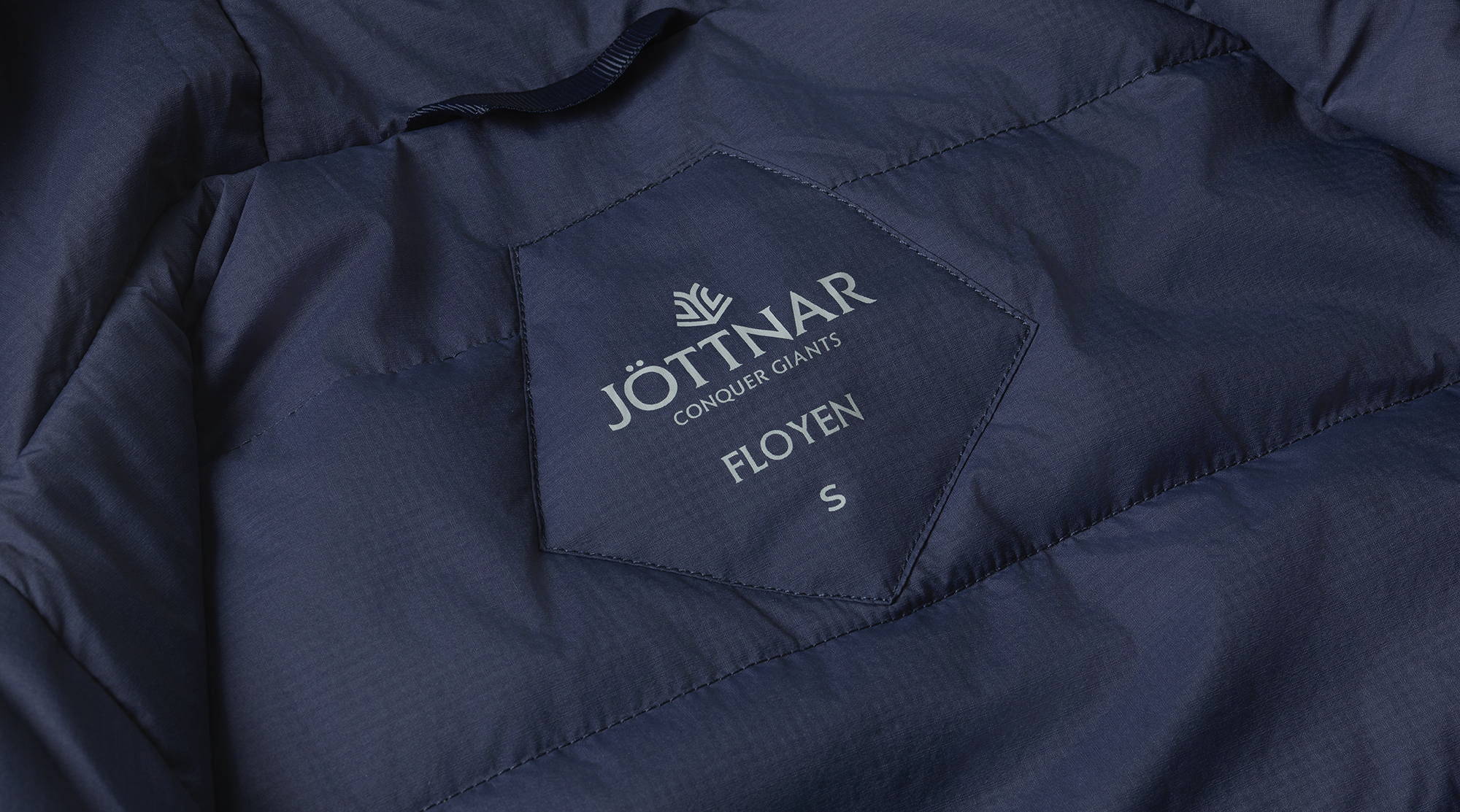
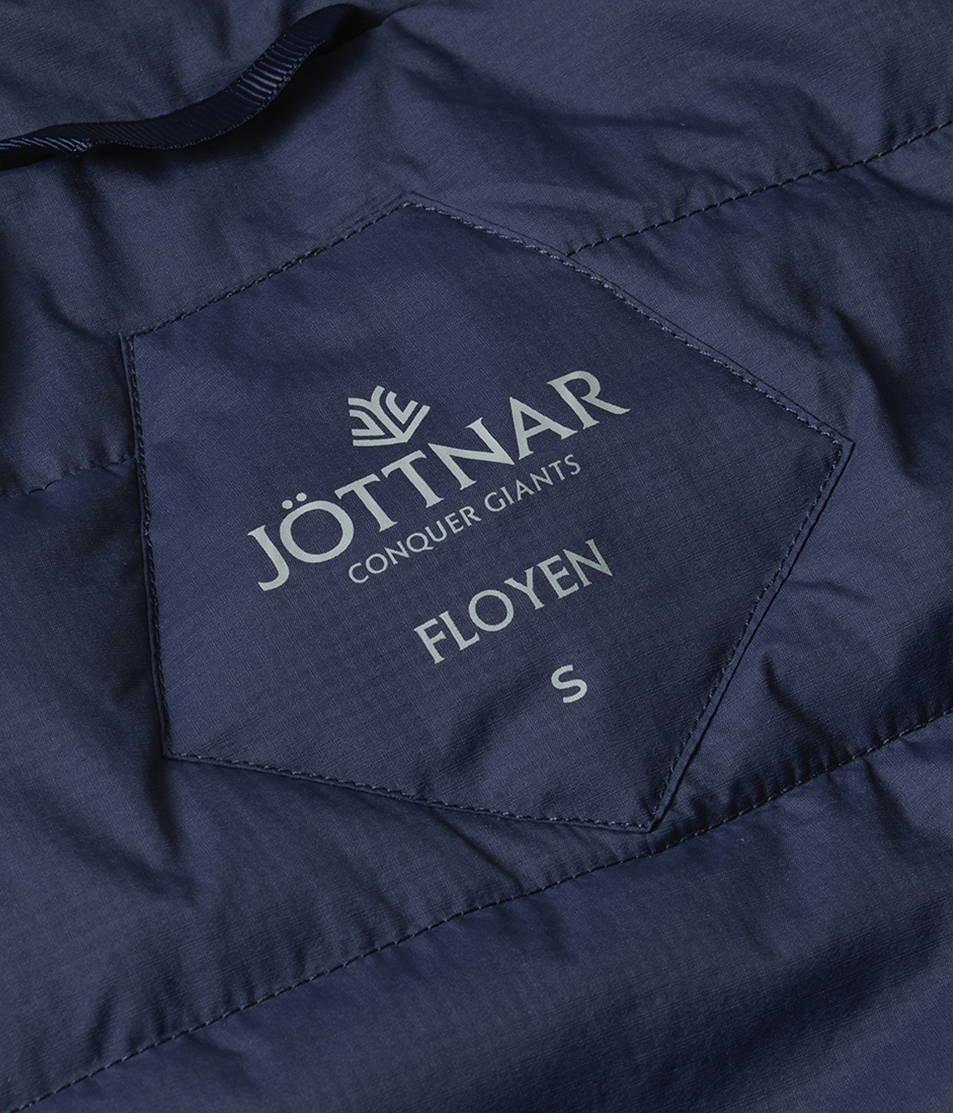
Synthetic Jackets
Synthetic insulation has the upper hand on traditional, non-hydrophobic, down in that it will keep you warm, even when saturated. It also takes far less time to dry than down does due to the nature of the polyester fibres that are used to make it.
If you happen to damage your jacket or snag it on a protruding rock, synthetic fill is far less likely to leak out of your jacket as down tends to do. They can also be patched up easily without losing any fibres.
Given the costly process of sourcing high quality ethical down, the prices of synthetic jackets are comparatively lower. This is especially handy when looking for a last-minute replacement on a budget.
Synthetic jackets are also hypo-allergenic, making them the obvious insulation option for those with down allergies. Caring for a synthetic jacket is incredibly easy.
They can withstand more intense detergents and are far easier to dry, sometimes taking less than an hour to return to normal.
Synthetic insulation cannot compete with down's warmth-to-weight ratio, meaning you need far more insulation to reach the same level of warmth as a down jacket. Synthetic fibres simply cannot overlap as effectively as down, and therefore cannot create the clusters which retain warm air.
This in turn means they tend to be bulkier than down jackets, and can be more difficult to pack down to an equally small size.
Synthetic fibres aren’t as durable as down, and will eventually break down over time. Where down can last indefinitely, fully retaining its lofting properties, synthetic fibre will most likely need to be replaced sooner, especially if it’s being used frequently in tough conditions.
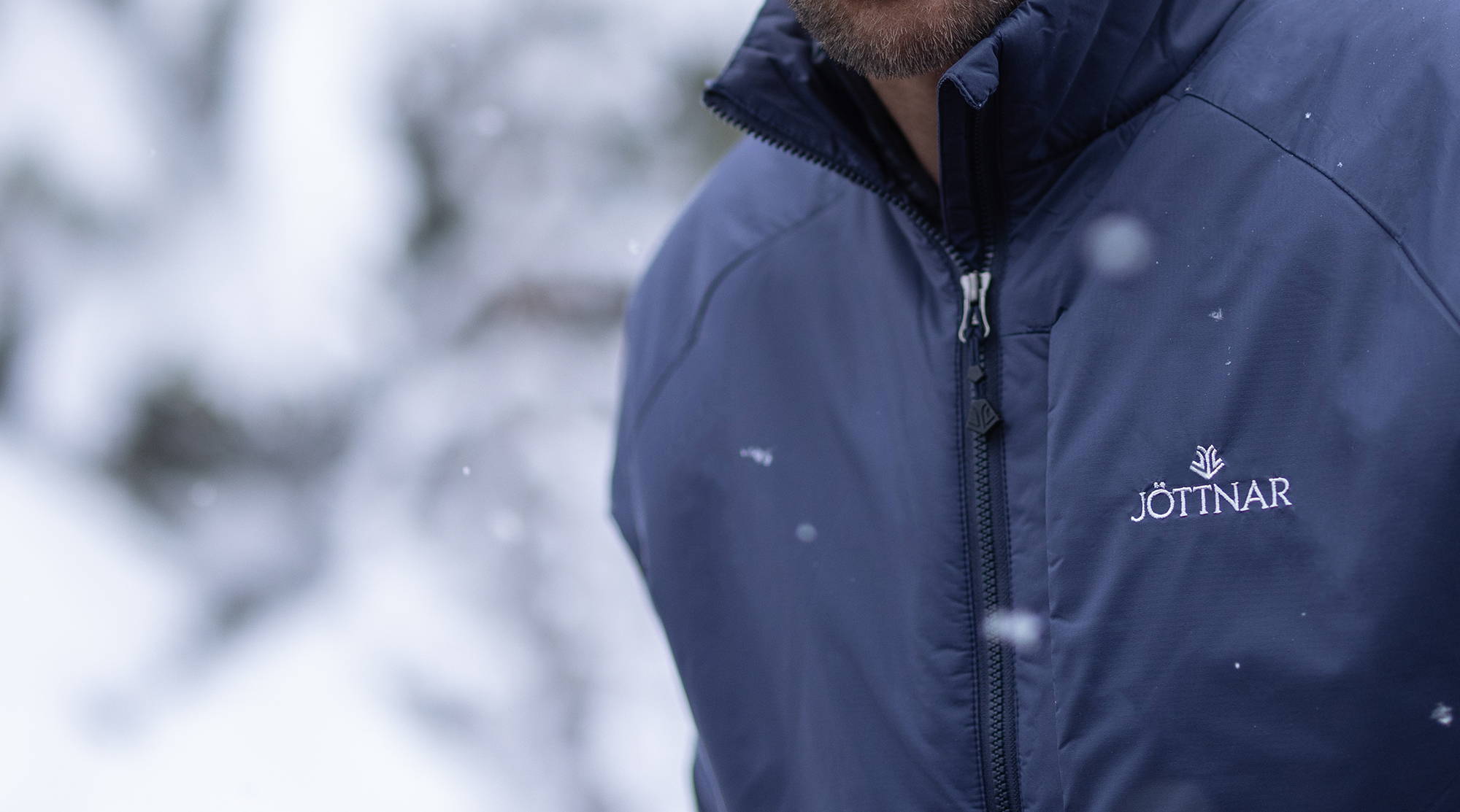
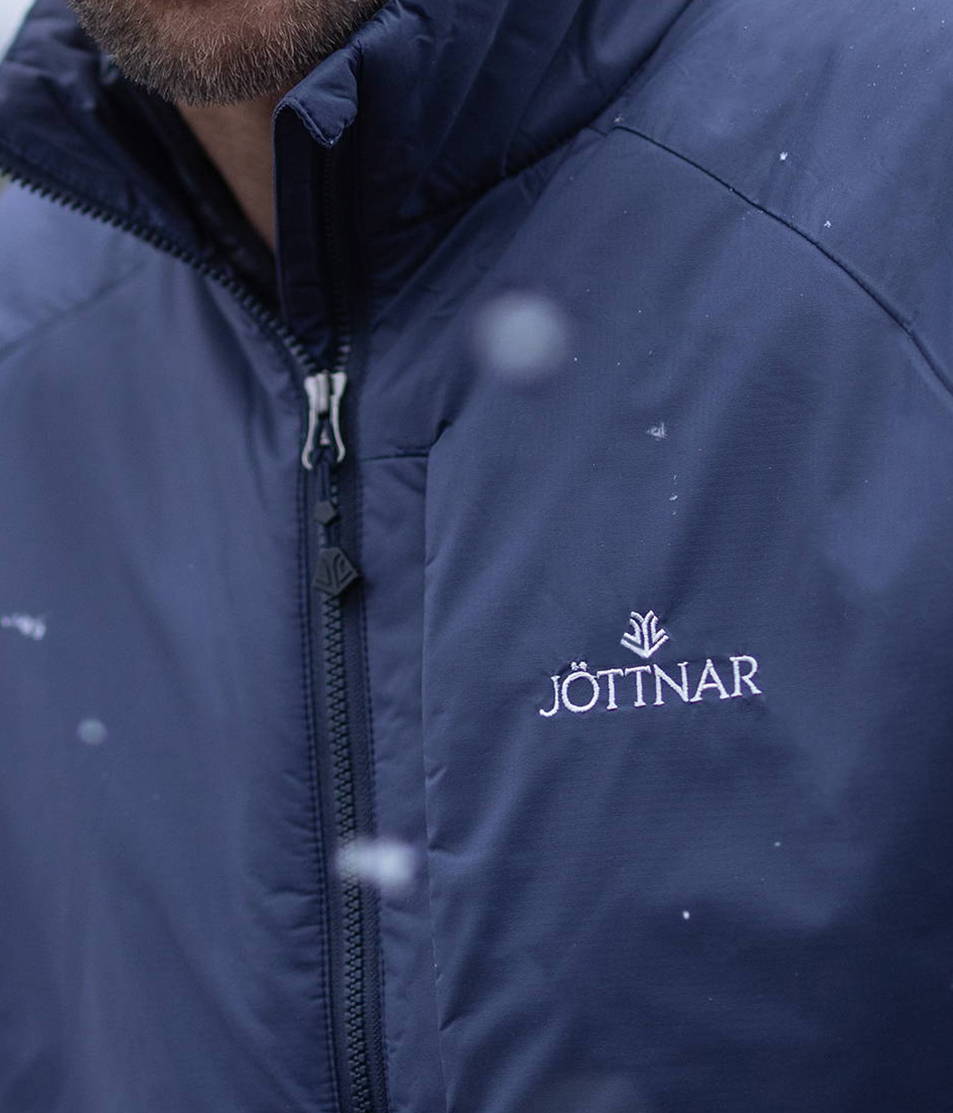
Characteristics of synthetic
Insulates even when saturated.
Hypoallergenic.
Less expensive than down.
Easier to care for than down.
Quicker-drying than conventional down.
Bulkier than down.
Fill doesn’t leak if jacket is damaged.
Offers less warmth to weight in comparison to down.
Less durable than down, and doesn’t loft as efficiently.
Doesn’t compress as efficiently as down.
Featured Synthetic Jackets
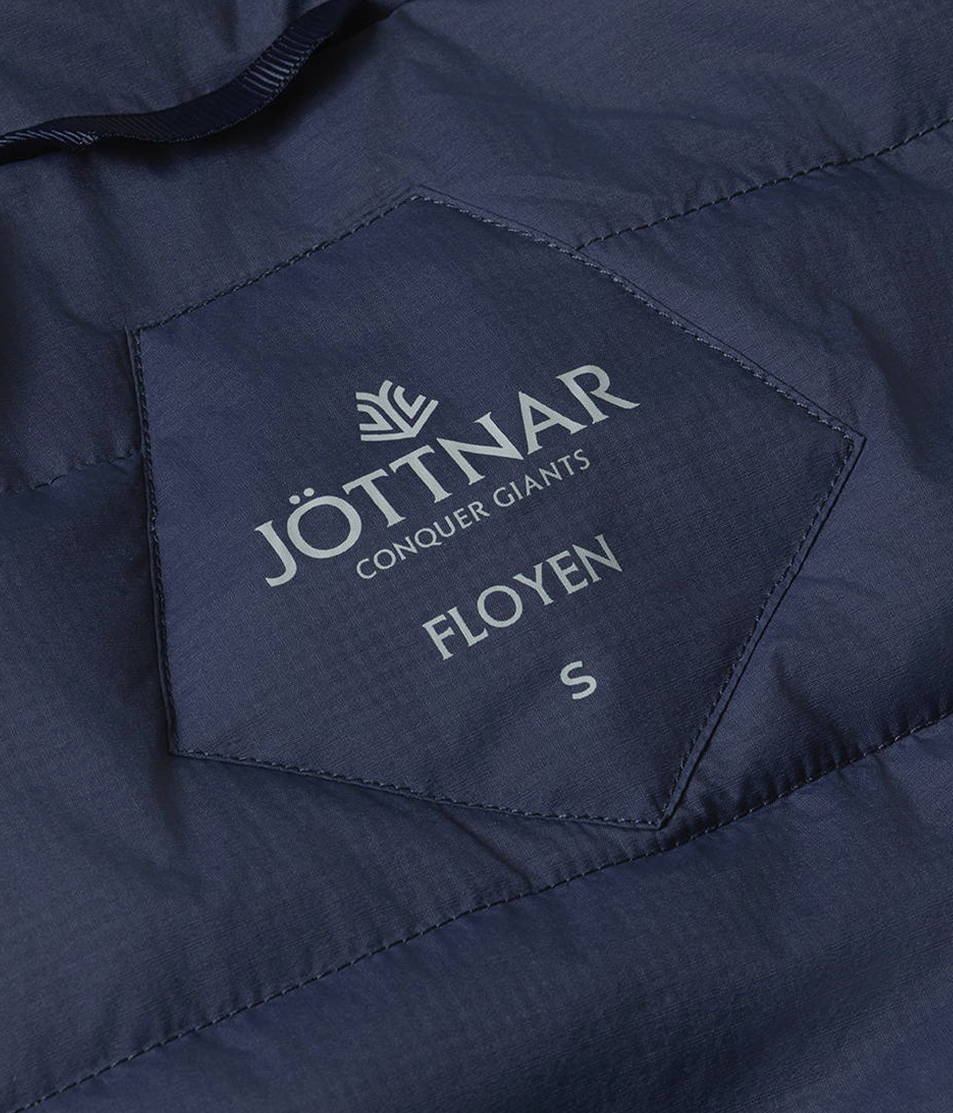
So, should you choose down or synthetic?
If warmth, light weight and packability are your priorities then go with down; if versatility and ease of care are important, and there's a likelihood of regular saturation by rain, then go with synthetic.
Each fill category has its pros and cons, but establishing your intended use, performance priorities, anticipated climatic conditions and budget will help guide you.
In an ideal world, having one from each camp would be a failsafe way of guaranteeing a no-issues adventure, and covers all of your bases in different weather conditions.


